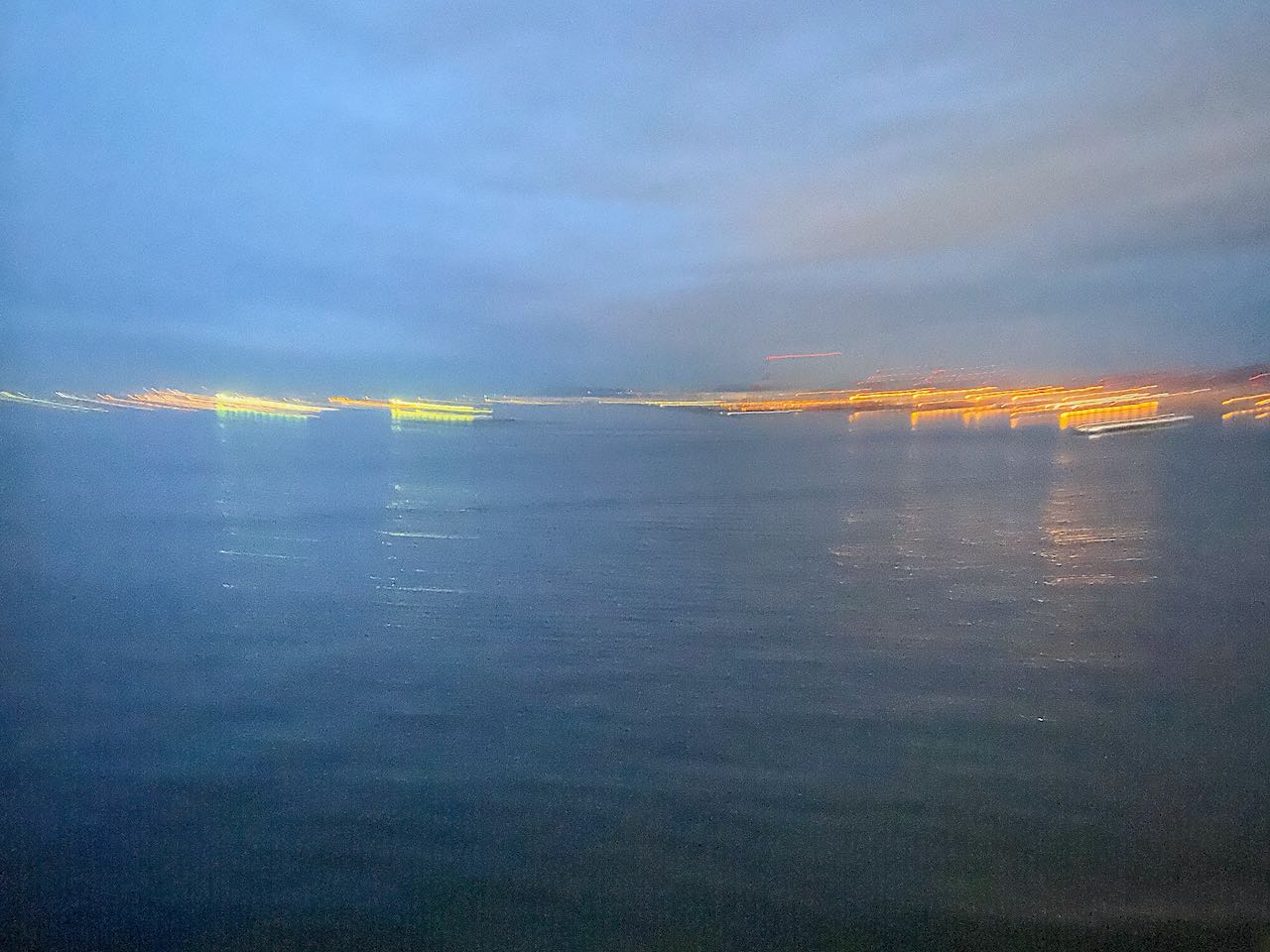
Arrival in Kobe at Dawn 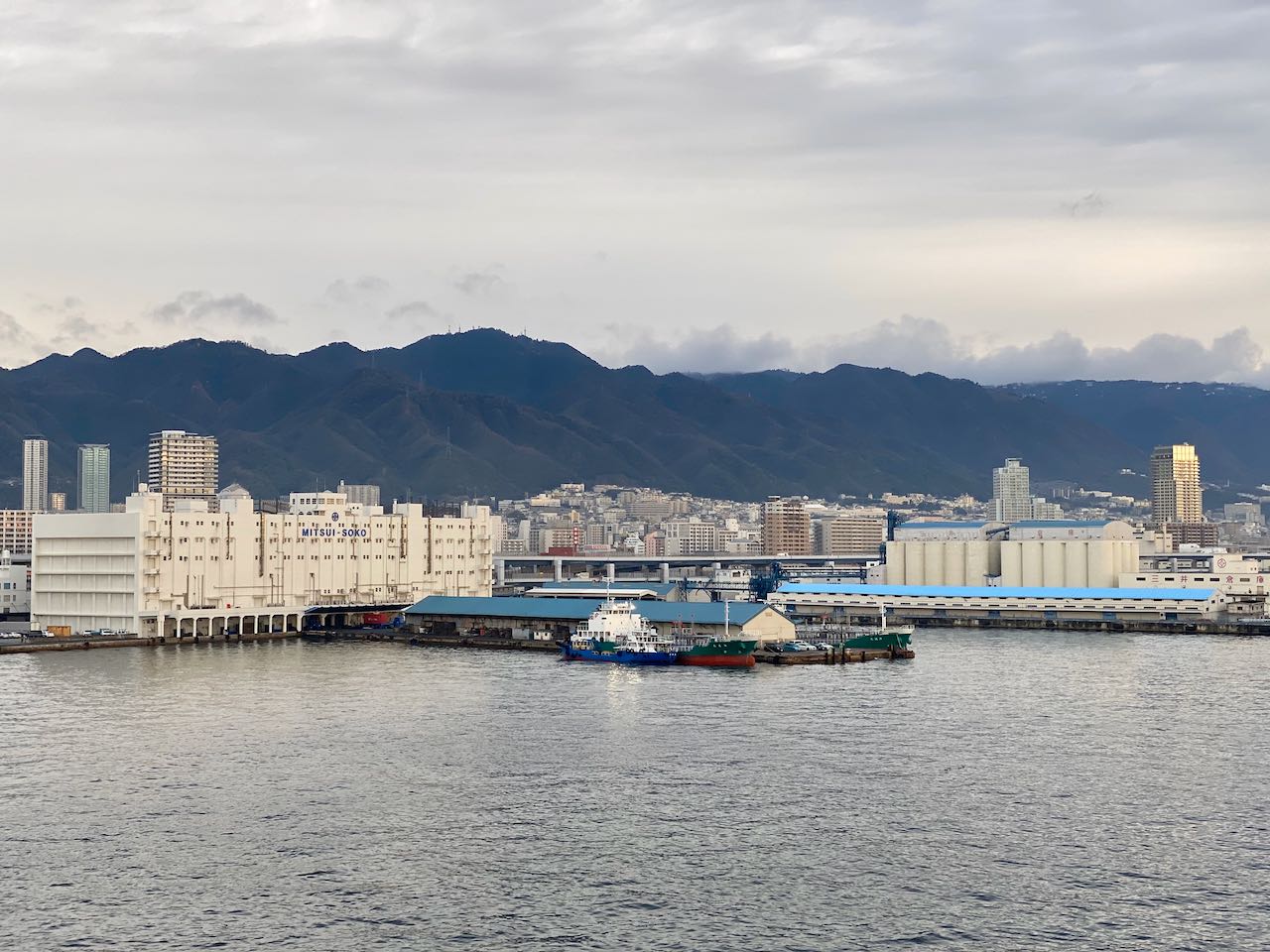
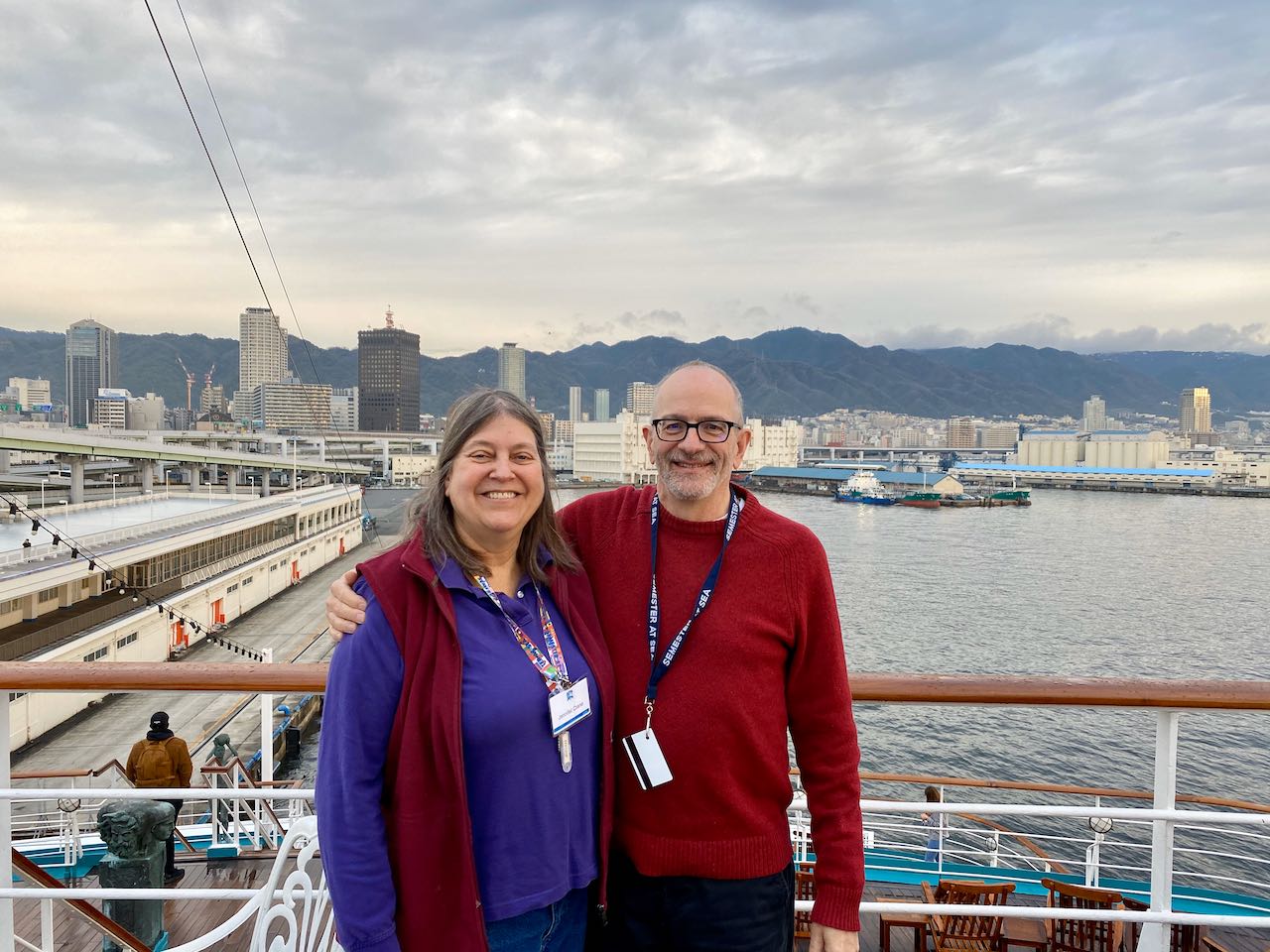
Happy to be on land! 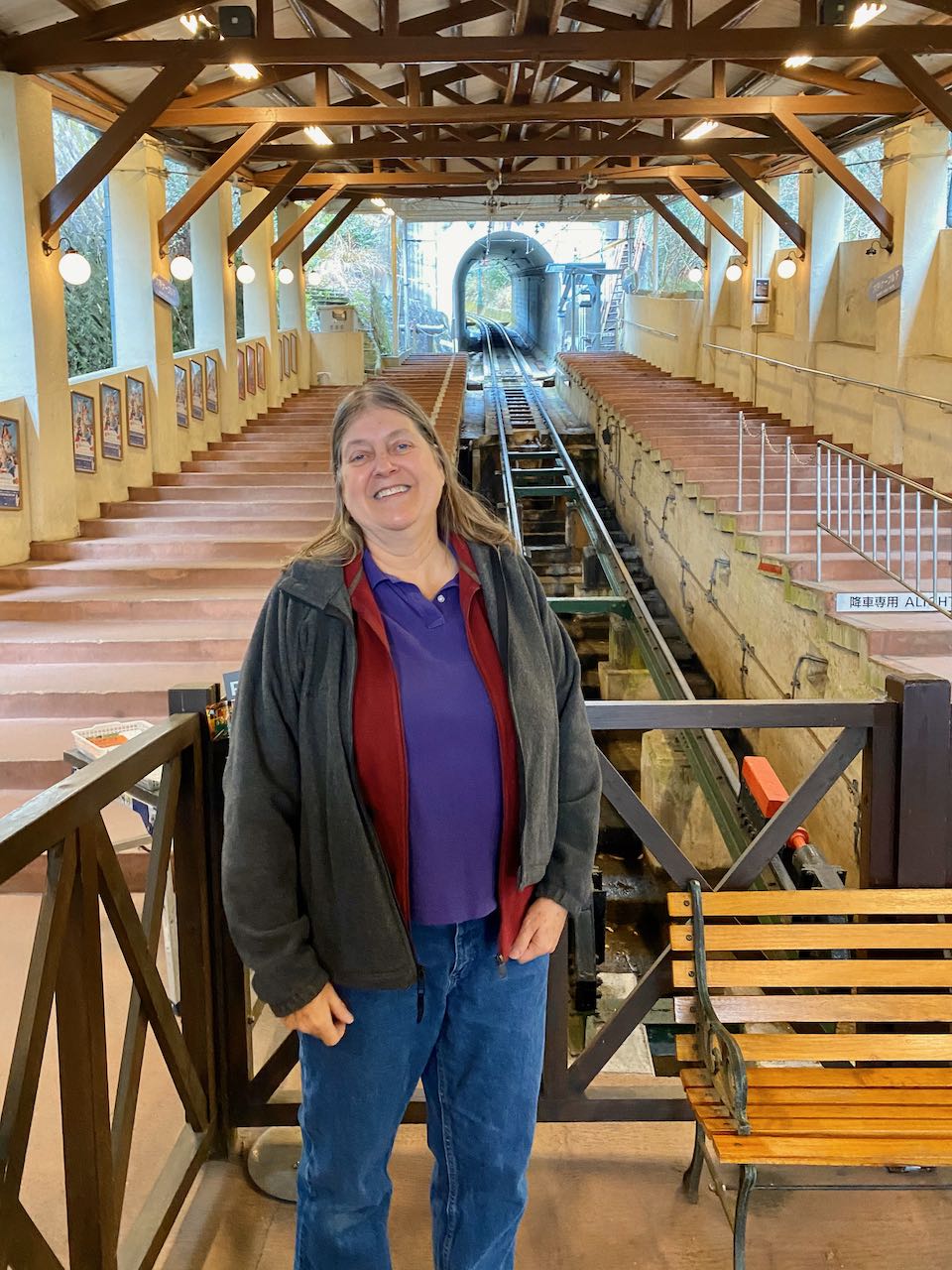
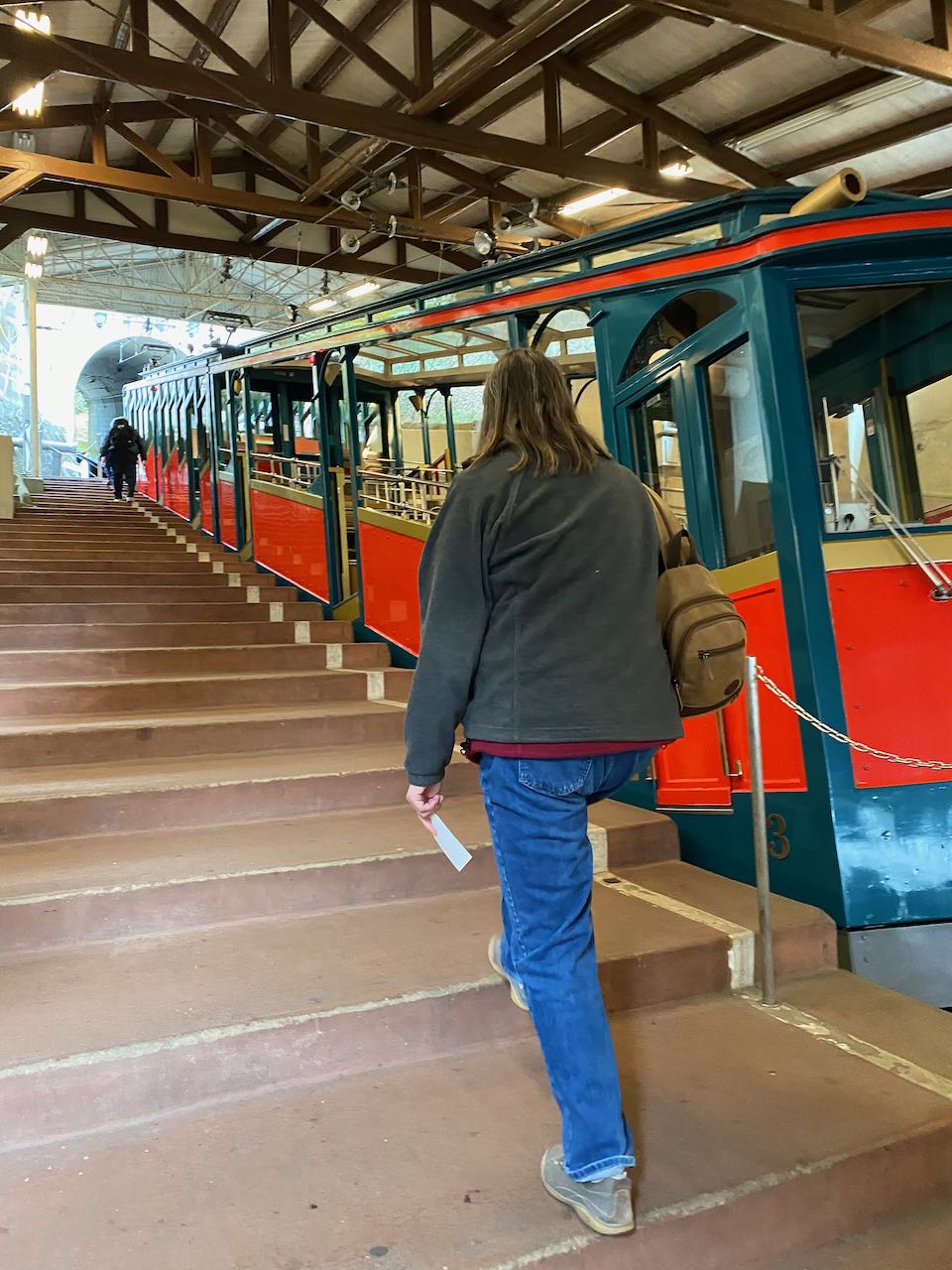
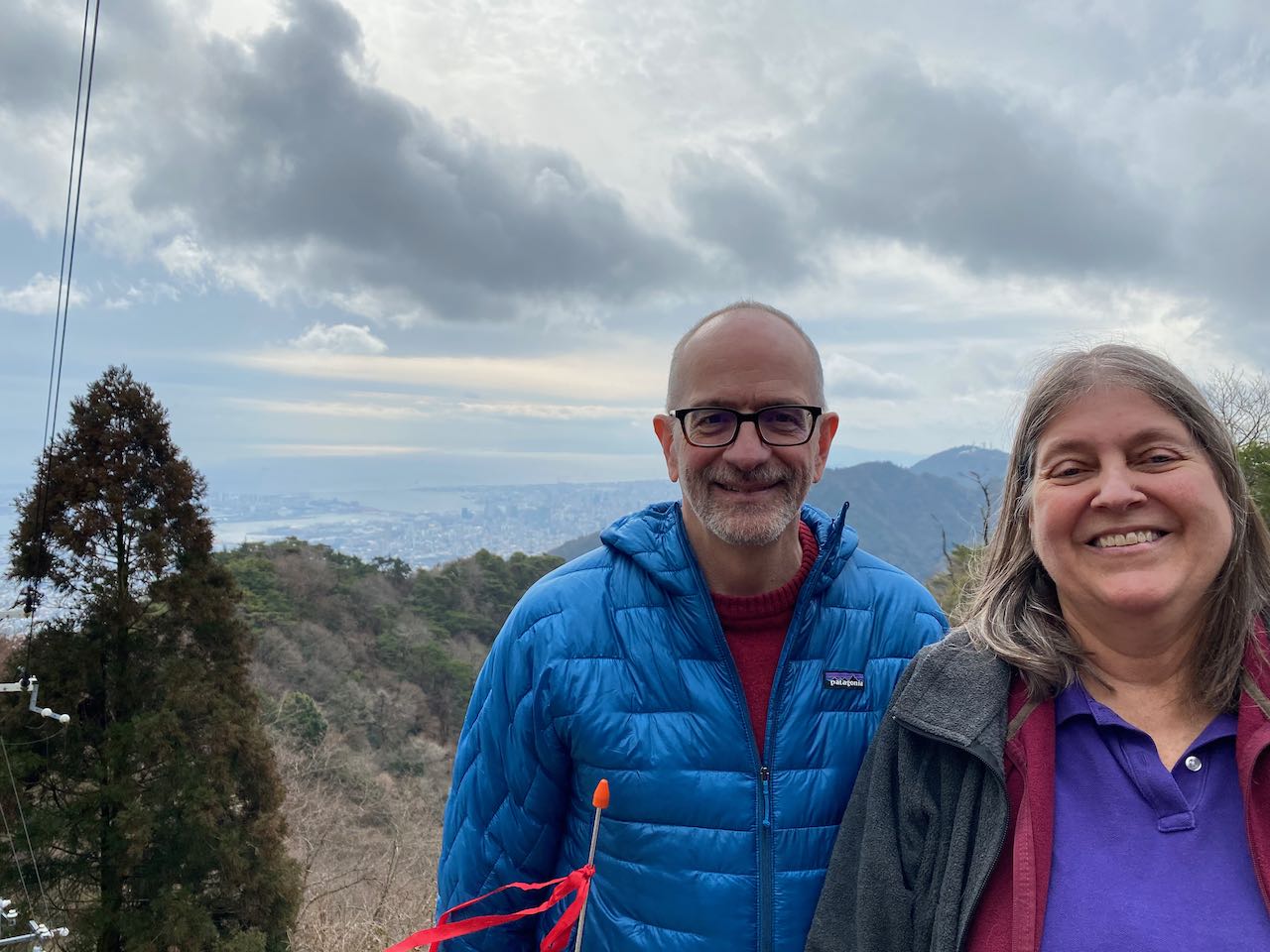
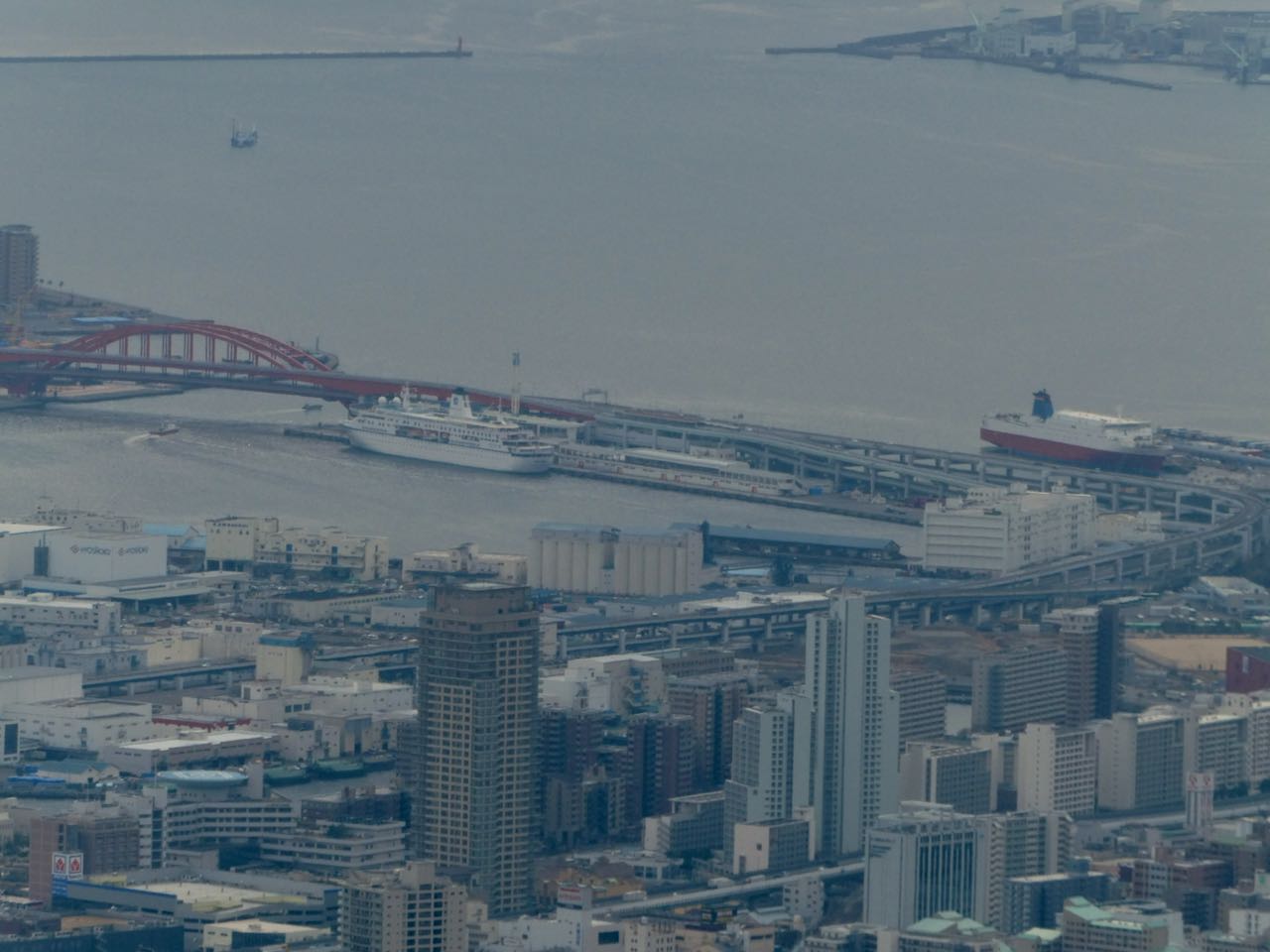
Our ship! 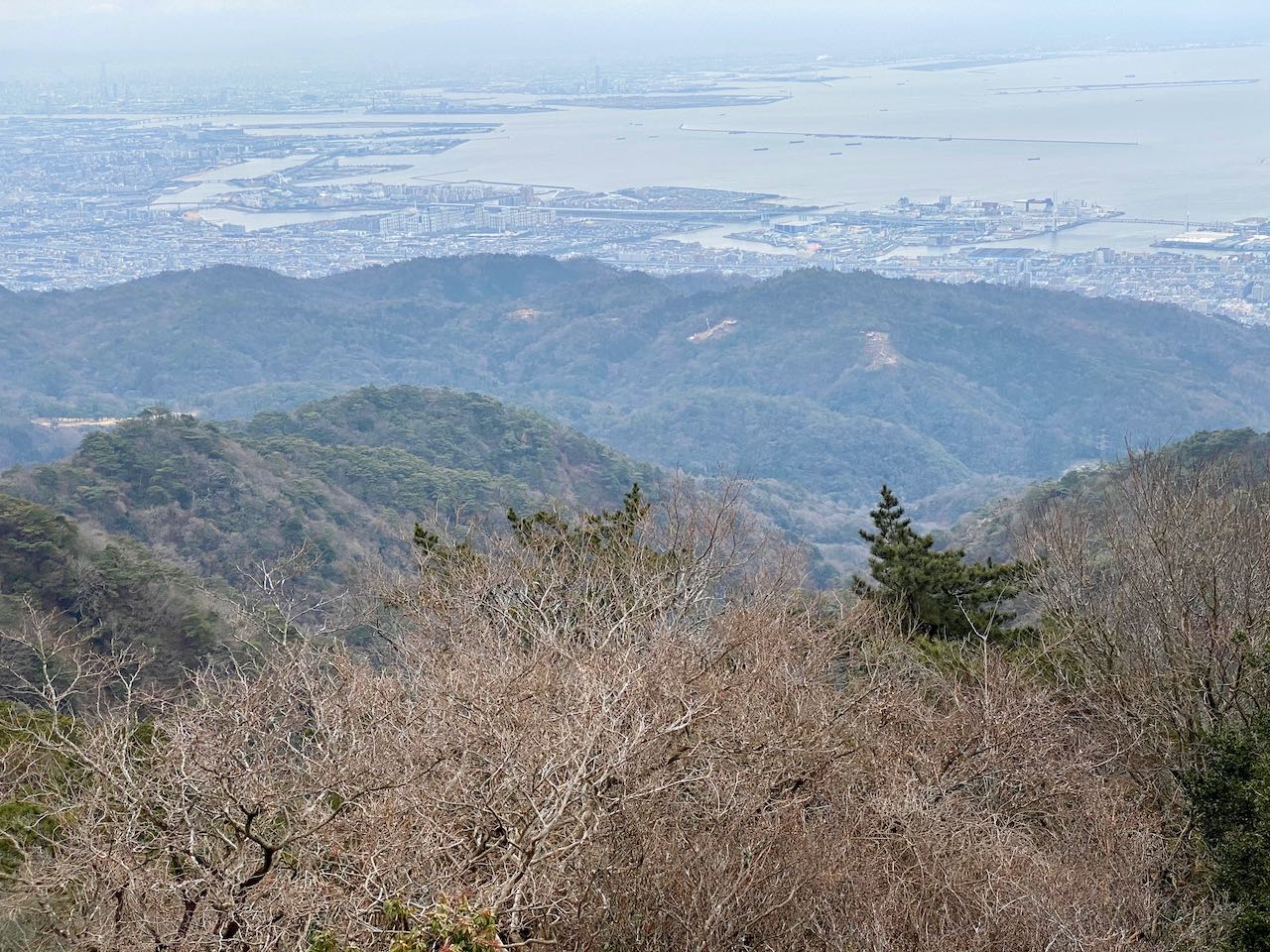
Kobe, Osaka, & surrounds from Mount Rokku 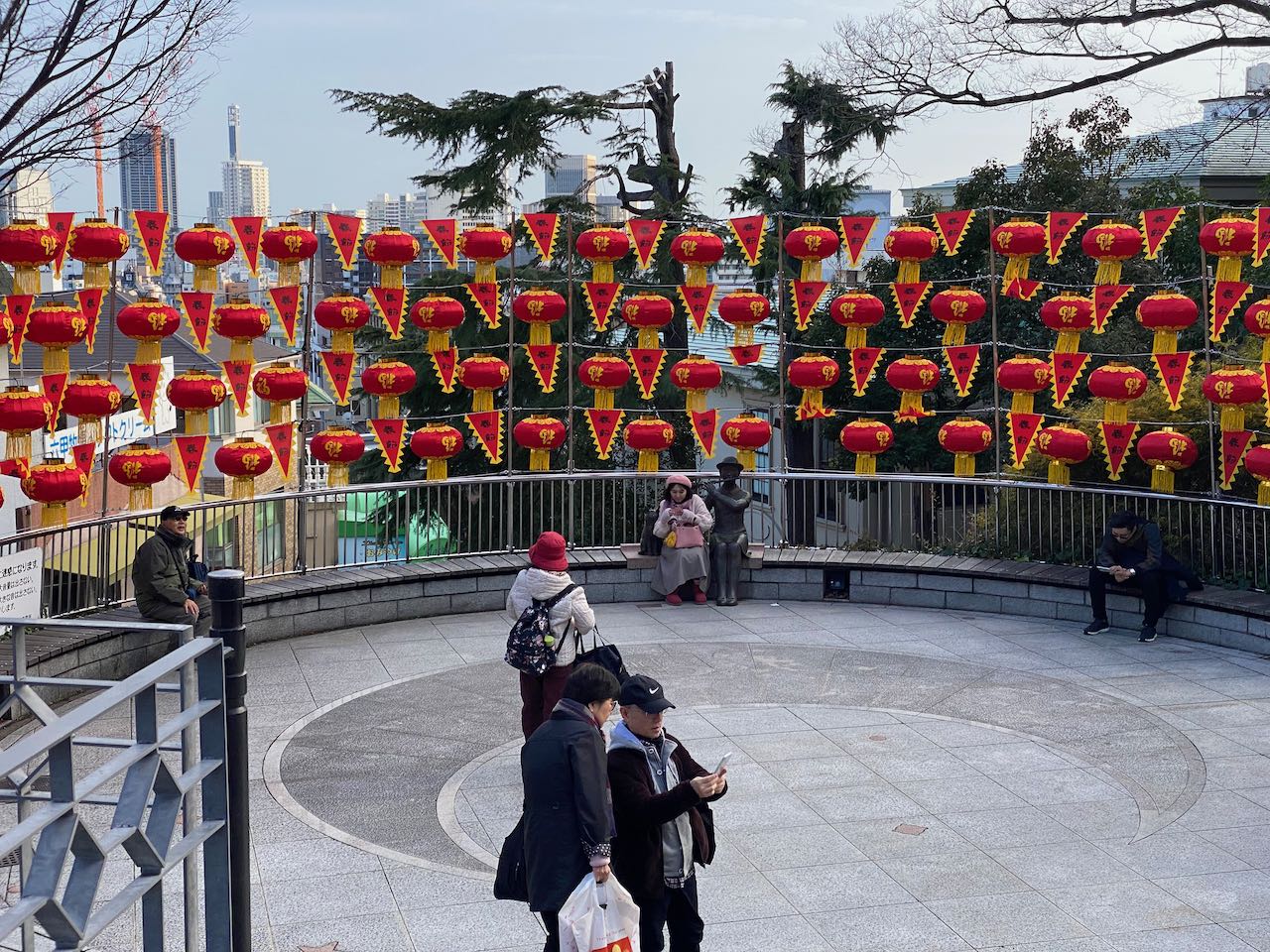
Lunar New Year 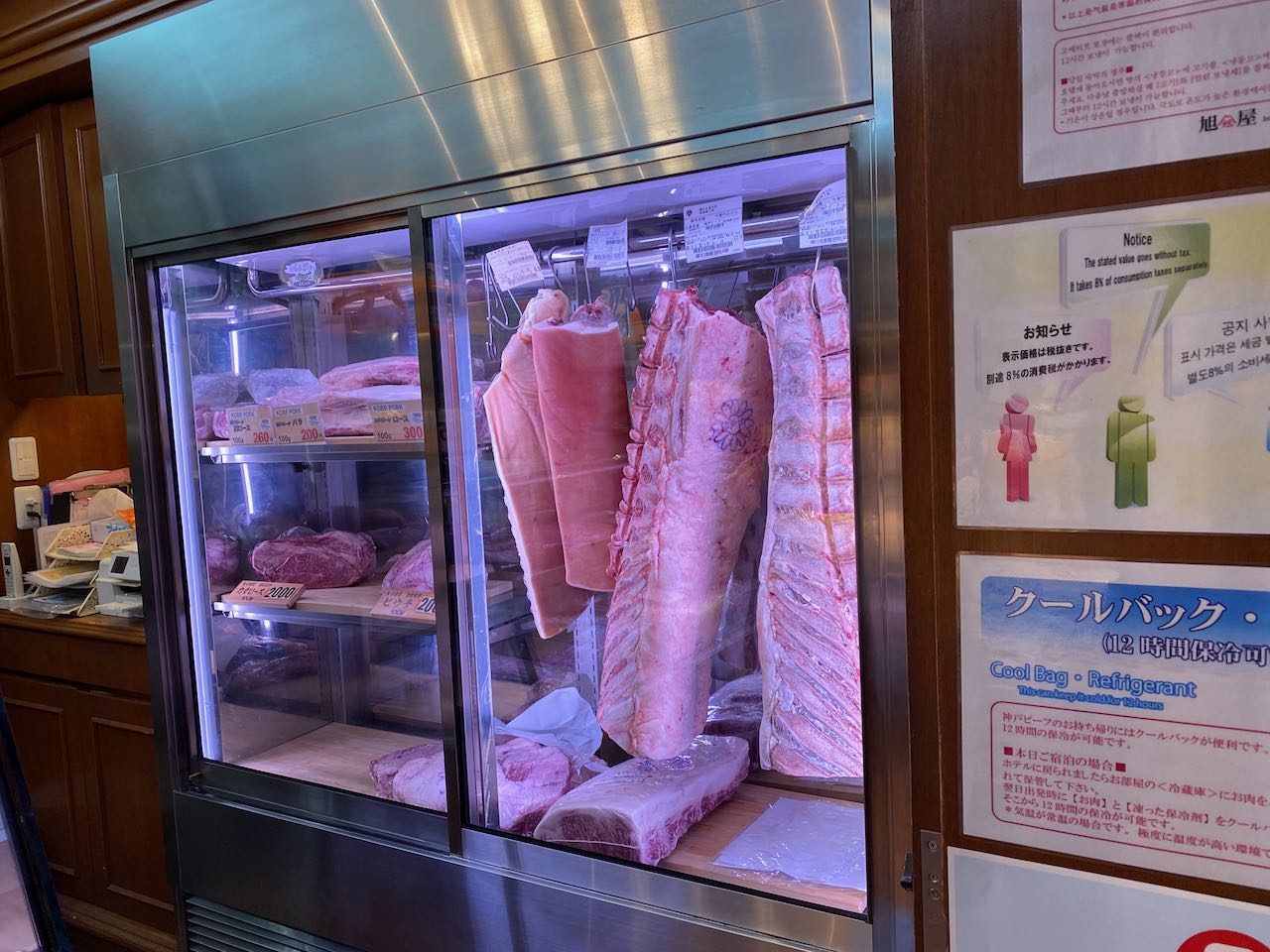
Kobe Beef!
We are so happy to disembark in Japan! The Pacific crossing was a wonderful adventure – teaching, learning, getting to know people, adjusting to life at sea. And yet the sheer physical act of crossing the endless ocean at 15 mph for 3 weeks was just exhausting.
The work schedule is very demanding: no weekends, constant lecture prep, grading hundreds and hundreds of essays, endless meetings and planning. The changing sea produced days of churning nauseating motion as well as days and nights of calm. Most of our crossing was in the tropics. Everybody dressed very casually, students lay out in deck chairs in the sun, and gentle trade winds blew us along. Then toward the end of the crossing we passed a very distinct boundary and were suddenly sailing into westerly headwinds, with a chill hint of winter and a much rougher ride.
It’s hard to even describe the ecstatic student reaction to arrival in Japan. The evening preport meeting was rowdy – 600 people cheering and whooping for joy! John Tomescek has lived and taught in Japan for 20 years and led the students in a crazy singalong of Japanese greetings, complete with hand gestures and air guitar moves!
After the big preport meeting, I took about 75 students and faculty out to the stern for a stargazing party. The Captain turned off the exterior lights and provided ship’s security to make sure people didn’t get hurt in the pitch dark. The stars were magnificent! It was very clear and utterly dark, with Orion riding high in the south. So many stars it’s hard to pick out constellations, and the winter Milky Way was visible in the south as well.
We arrived in Kobe at dawn on Jan 24, three weeks after sailing from Ensenada. The entire ship emptied out to pass through immigration and customs in the Port Terminal. Jennifer and I returned to do day trips and an overnight with the ship as our home base, but most of the students lit out for Tokyo, Hiroshima, and other cities. Many are on SAS classes or programs, while others have arranged their own independent travel in Japan.
Shortly after arrival in Kobe, we learned that we won’t be able to visit China because of the Coronavirus outbreak there. Kind of disappointing, because we were looking forward to that, but we can understand the situation for Semester at Sea. We are responsible for the health and safety of 557 students whose parents are adamant about having them returned!
We had a guided orientation tour of Kobe on our first day. One great advantage of ocean travel is that it’s so slow that we arrived without the jet lag that has always plagued my overseas travel before. After three weeks of constant swaying at sea the ground does feel like it’s gentle rocking back and forth, but neither of us has actually been land sick.
Like all Japanese cities, Kobe is very densely populated. The city is wedged between the mountains and the sea, with lots of industry and port facilities down at the water’s edge where our ship is berthed.
Right behind the city is a range of forested mountains (Rokku) about 3000 feet high. It’s like Santa Barbara, but with way more people. We rode a funicular up the impossibly steep mountain front and were rewarded with spectacular views of Kobe, Osaka, and the surrounding urban sprawl spread like draperies at the base of the mountains. The greater Osaka area is home to around 5 million people, with cities laid out along the extremely well-protected bay between the main island of Honshu and the smaller island of Shikoku.
It was quite a bit colder on the mountain top. In Kobe, the temps are in the high 40s F, but more like mid to high 30s at the top of the funicular. We enjoyed the view until the wind drove us indoors for tea and warmth.
After visiting the mountain top, we descended into a fun neighborhood that was historically settled by foreigners. Kobe is noted for its food culture, and we were surprised to see dozens of specialty restaurants serving French, Italian, Chinese, and other foreign foods. There are jazz clubs and patisseries and churches/mosques/temples of every persuasion. Arrayed at the base of the mountains, this foreign settlement is very hilly, so good exercise tromping up and down steep streets and stairways. It’s Chinese New Year, so lots of decorations and street events.
We left the tour and wandered on our own for an hour or so until we found a steak house that Jennifer had scoped out on TripAdvisor. They specialize in Kobe beef, but it’s pretty low-key and they didn’t mind us casually dressed US Americans. The food was incredible! Melt-in-your-mouth tender beef, sizzling on a plate with onions and garlic and spinach, flambe’d and making its own sauce as the smoke cleared. Pricey but not any more than a nice dinner in the US.
After dinner, we decided to forgo the train and walked back to the ship along Flower Road. Lovely park-like neighborhood, with interesting sculpture, lighting, and abundant beds of blooming flowers. I’m taken aback by the greenery – many broadleaf trees are in full leaf, and there are wild camellias blooming in the woods above the city. The latitude is 32 N, almost precisely the same Santa Barbara or Charleston, SC. It’s chilly, but not bitterly cold.
As we got to the industrial port area near the ship our way was blocked by busy freeways. Luckily there are huge pedestrian bridges and tunnels that allow walking access. It’s oddly satisfying to be welcomed back on board the ship and to find our way up to our cabin. Cozy, quiet, weirdly deserted without the students on board!

